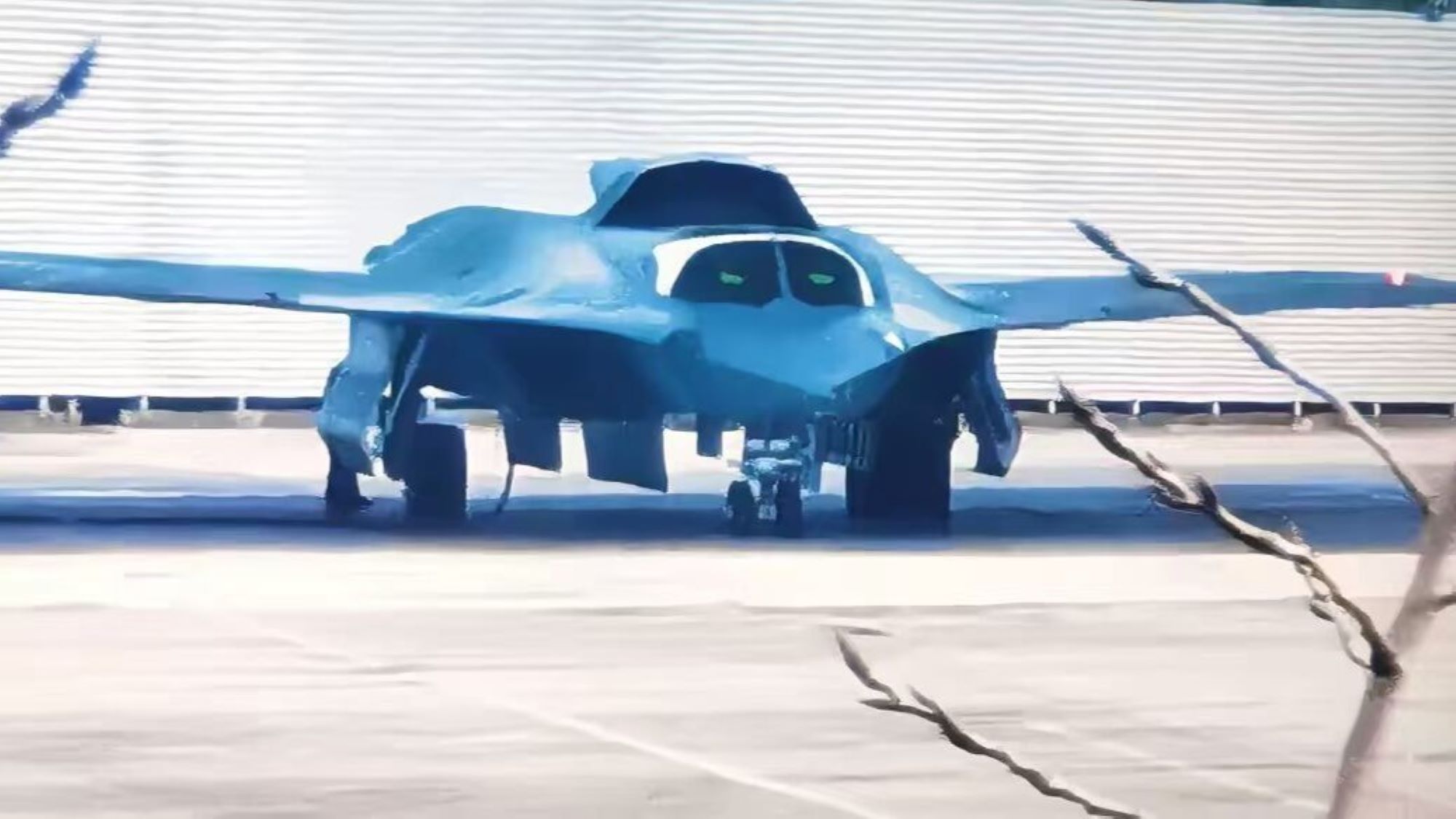Embodiment of an artificial limb in mice
by Zineb Hayatou, Hongkai Wang, Antoine Chaillet, Daniel E. Shulz, Valérie Ego-Stengel, Luc Estebanez Body ownership disorders can be triggered by disease or body damage. Methods to probe limb embodiment are required to address those disorders. This includes the development of neuroprostheses that better integrate into the body scheme of the user. To this end, the “rubber hand illusion” protocol is a key behavioral method to probe the powerful embodiment that can be triggered by congruent somatosensory and visual inputs from the limb. So far, the neurophysiology of limb embodiment remains poorly known, in part because translating the rubber hand illusion to animal models such as the mouse remains challenging. Yet, mapping out the brain circuits of embodiment thanks to the use of genetic and optogenetic research tools would allow to propose novel embodiment restoration strategies. Here, we show that the rubber hand illusion described in humans can be translated to the mouse forelimb model using an automated, videography-based procedure. We exposed head-fixed mice to a visible, static 3D-printed replica of the right forelimb, while their own forelimb was hidden from their sight. We synchronously brushed their hidden forelimb and the replica. Following these visuo-tactile associations, the replica was visually threatened, and we probed the reaction of the mice using automated tracking of pupils and facial expression. The mice focused significantly more of their gaze toward the threatened forelimb replica after receiving synchronous tactile and visual information compared to asynchronous. More generally, across test and control conditions, the mouse pupillary response was consistent with the human overt response to the rubber hand illusion. Thus, our results show that mice exhibit quantifiable behavioral markers of the embodiment of an artificial forelimb.
by Zineb Hayatou, Hongkai Wang, Antoine Chaillet, Daniel E. Shulz, Valérie Ego-Stengel, Luc Estebanez Body ownership disorders can be triggered by disease or body damage. Methods to probe limb embodiment are required to address those disorders. This includes the development of neuroprostheses that better integrate into the body scheme of the user. To this end, the “rubber hand illusion” protocol is a key behavioral method to probe the powerful embodiment that can be triggered by congruent somatosensory and visual inputs from the limb. So far, the neurophysiology of limb embodiment remains poorly known, in part because translating the rubber hand illusion to animal models such as the mouse remains challenging. Yet, mapping out the brain circuits of embodiment thanks to the use of genetic and optogenetic research tools would allow to propose novel embodiment restoration strategies. Here, we show that the rubber hand illusion described in humans can be translated to the mouse forelimb model using an automated, videography-based procedure. We exposed head-fixed mice to a visible, static 3D-printed replica of the right forelimb, while their own forelimb was hidden from their sight. We synchronously brushed their hidden forelimb and the replica. Following these visuo-tactile associations, the replica was visually threatened, and we probed the reaction of the mice using automated tracking of pupils and facial expression. The mice focused significantly more of their gaze toward the threatened forelimb replica after receiving synchronous tactile and visual information compared to asynchronous. More generally, across test and control conditions, the mouse pupillary response was consistent with the human overt response to the rubber hand illusion. Thus, our results show that mice exhibit quantifiable behavioral markers of the embodiment of an artificial forelimb.




















































































































































